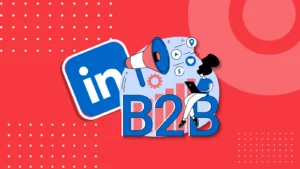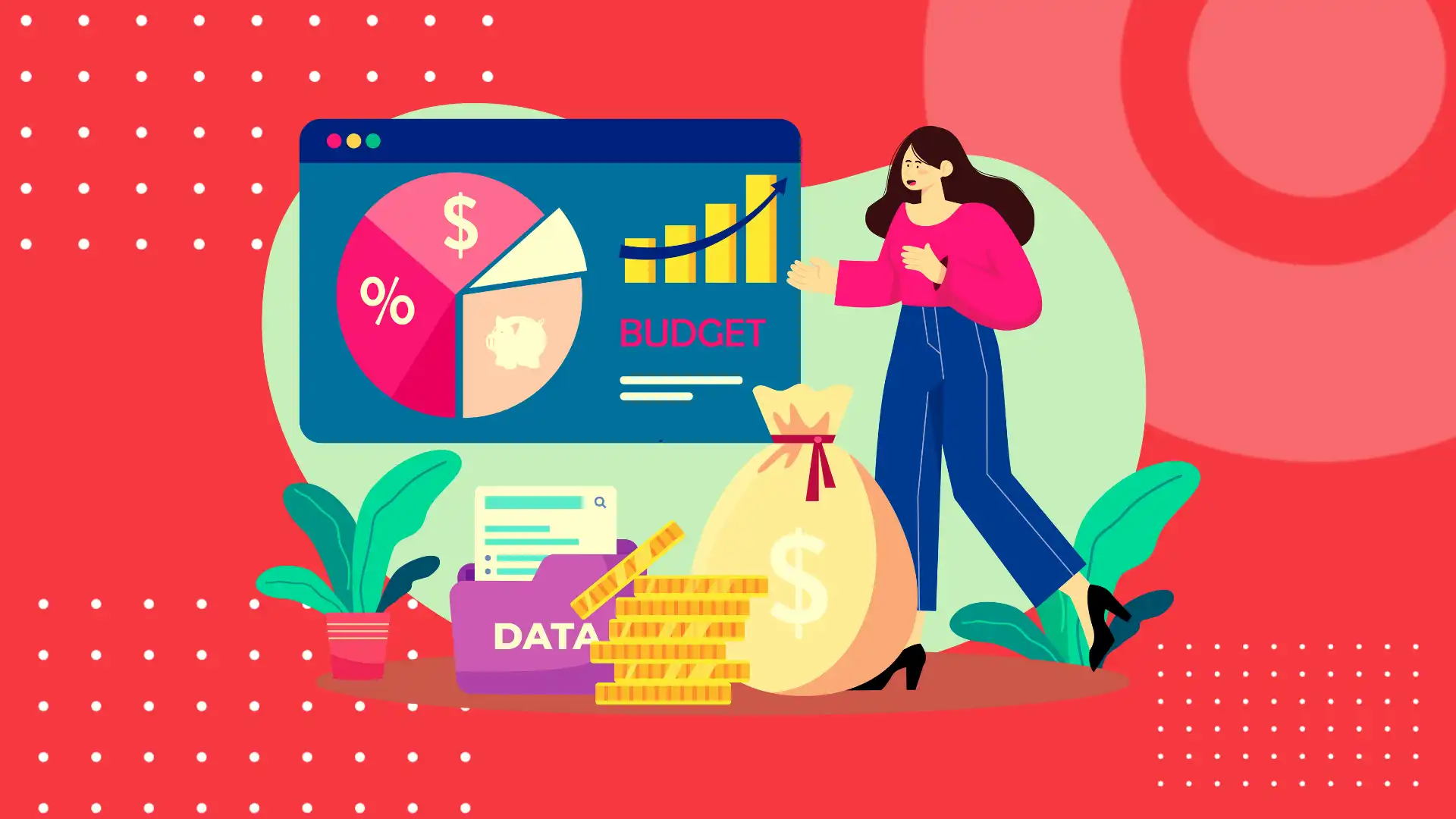Success in B2B Advertising on LinkedIn – Tips by LinkedIn

Introduction
LinkedIn is not just a social network, it is a flourishing professional community where your ideal customers cordially engage, expand their connections, and make decisions related to their business.
LinkedIn recognizes the rare challenges and possibilities that a B2B marketer often faces; this is why its advertising platform has been developed to provide results.
Recently, LinkedIn introduced new creative principles designed to help B2B marketers achieve better outcomes from their ad campaigns. This information is based on a yearly evaluation of all the best-performing ads on LinkedIn.
What are the Date-Driven Creative Principles to Enhance B2B Ad Performance?
According to the analysis report, nine of ten CMOs advocated bolder creative initiatives, indicating a creative revolution in B2B marketing.
So, LinkedIn has refined its findings into 6.5 principles, to help B2B marketers capitalize on this trend:
-
Beware of the Context:
Design ads that are specialized to the particular context in which they will appear. Reflect on the cultural context, delivery operation, and customer attitude.
-
Make an Impression:
Using visually appealing images, vibrant colours, and active motions may help advertisers stand out in a feed. LinkedIn says vertical mobile advertisements get 31% more interaction than horizontal layouts.
-
Present in a unique way:
Try to be unique rather than just different from the competitors. According to LinkedIn’s research, 81% of ad campaigns fail to get attention or enhance brand recall.
-
Unify:
Make sure that your brand’s unique identity is constantly conveyed throughout every interaction and phase of the funnel. Cohesive branding can increase profits by over 20%.
-
Get Emotional:
Use common human facts and incidents to provoke an emotional reaction. For instance, funny content can generate 65% more engagement than regular content on LinkedIn.
-
First Give, Then Take:
Before expecting anything in return, ensure that you offer authentic material. 85% of business leaders appreciate brands that represent a creative industry viewpoint.
Furthermore, LinkedIn shared a “half” principle: Experiment.
LinkedIn recommends businesses experiment with best practices by creating organic content and then amplifying top performers through sponsored marketing.
Continuous evaluation and development are essential for unlocking the secrets of what works best for your unique brand.
Looking Ahead
To boost advertising ROI in 2025, B2B marketers can follow these 6.5 key principles which are created to cut through the clutter and drive customer interaction with stop-scrolling design.
Conclusion
To summarize, LinkedIn’s data-driven guide for successful B2B advertising emphasizes the significance of strategic targeting, relevant and organic content, and constant interaction with decision-makers. By implementing broad audience information, B2B marketers can offer targeted content to the relevant experts at the right time, improving conversion rates. The platform’s concentration on exploiting first-party data guarantees that campaigns are both successful and cost-effective. The platform’s concentration on exploiting first-party data guarantees that campaigns are both successful and cost-effective.
(Source)
Learn more about the Creating Effective B2B Digital Marketing Strategy
Data-driven marketing is a process of enhancing brand engagement using customer data. Marketers that use this strategy examine consumer data to figure out their requirements, preferences, and subsequent actions. This crucial data enables the development of customized marketing strategies targeted at increasing return on investment (ROI).
Here is a list of the top 5 sources of B2B leads:
- Customer Referrals: 54%
- Email Marketing: 14%
- Internet: 8%
- Events: 7%
- Others: 8%
Performance in B2B advertising on LinkedIn is determined by how successfully businesses fulfill their objectives, such as lead generation, brand exposure, and conversions. LinkedIn’s formula highlights the significance of personalized communication and effective segmentation of target audiences for maximum reach.





